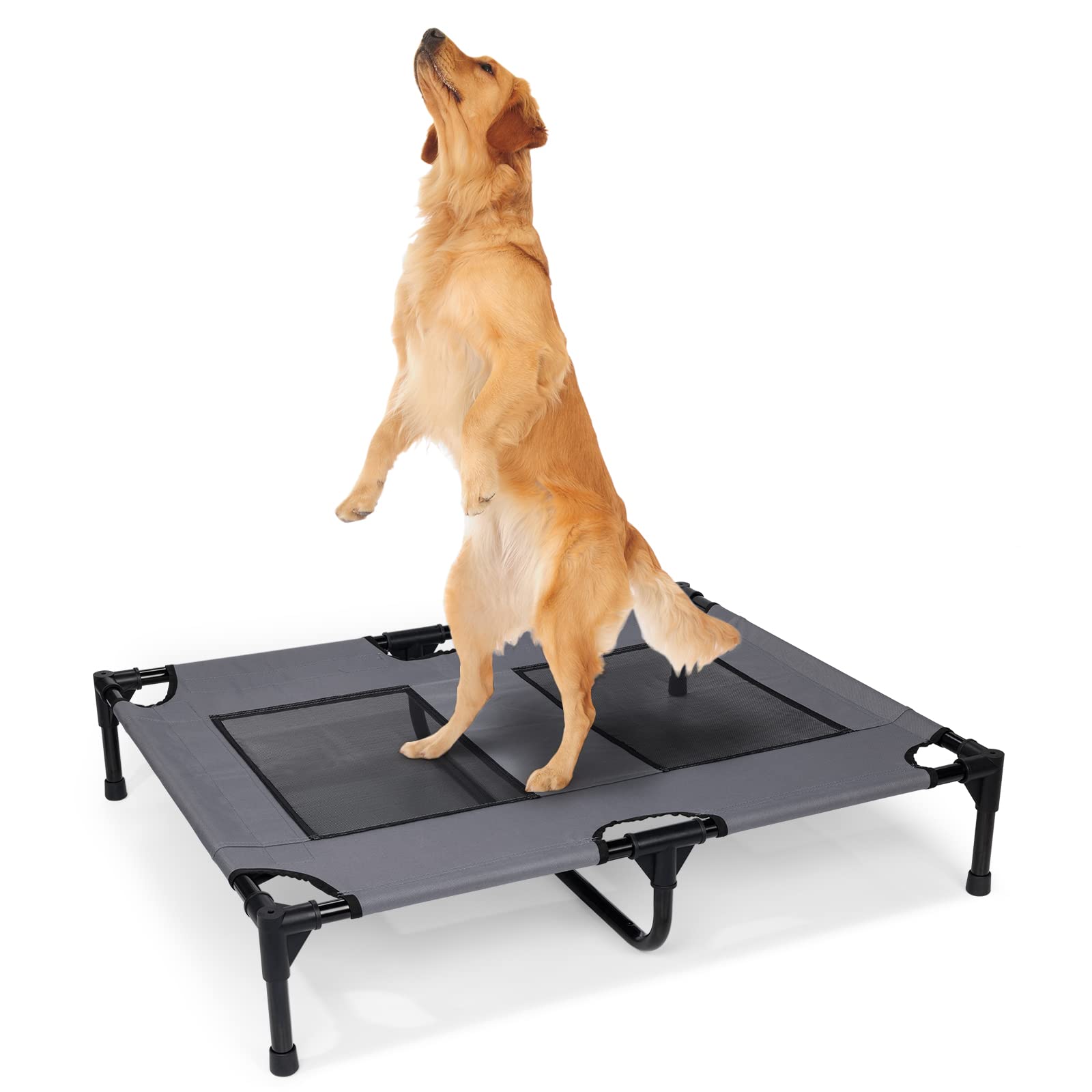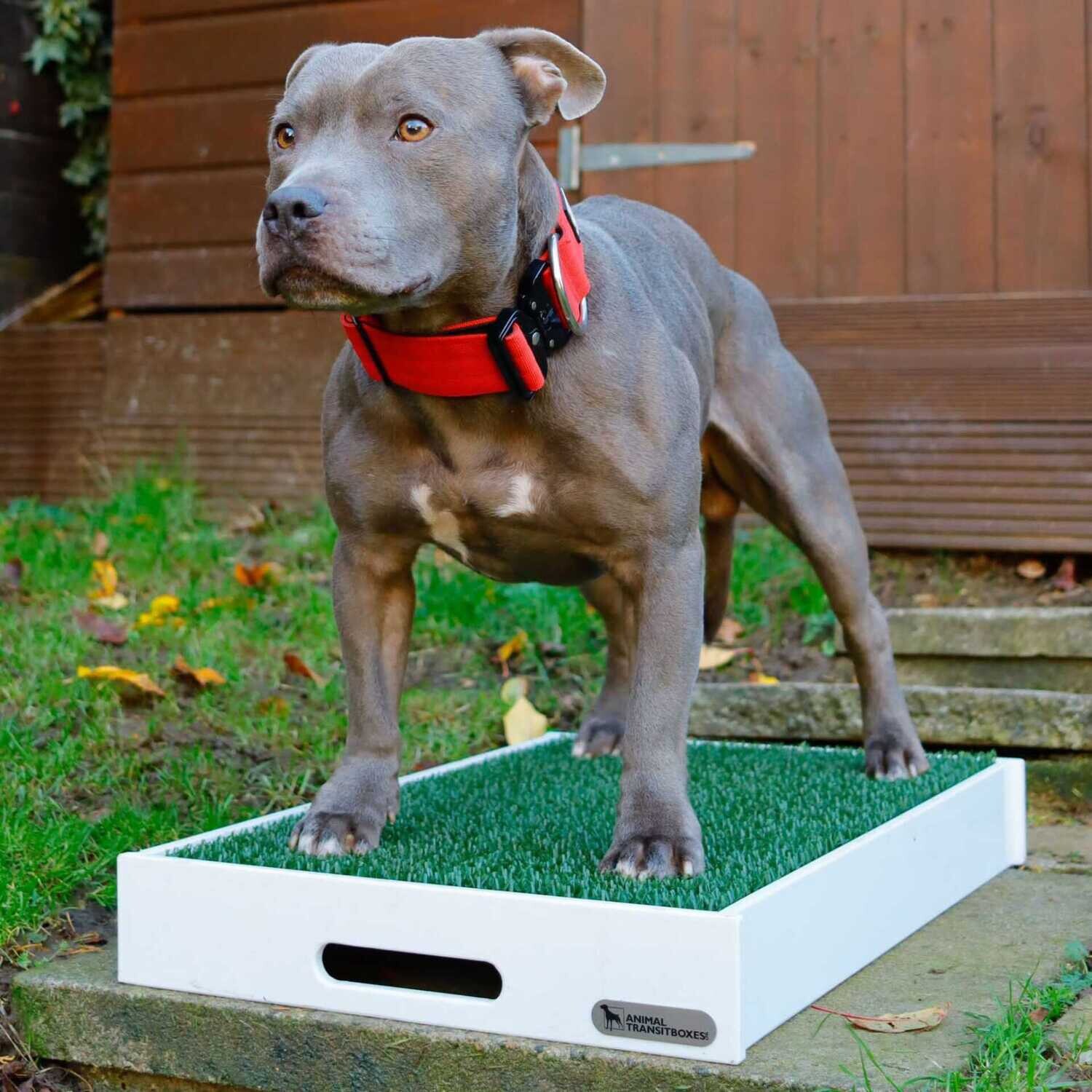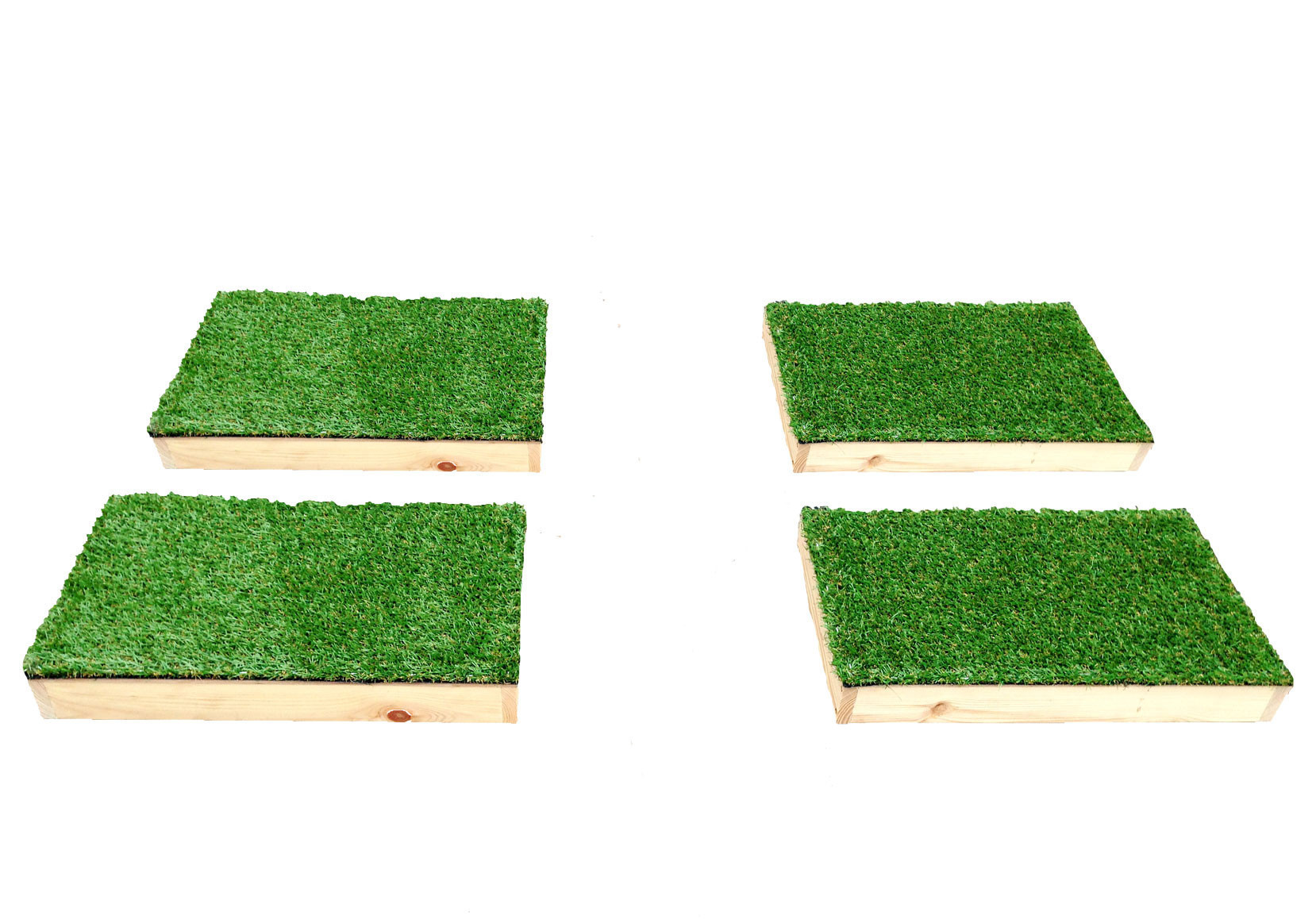
In the realm of dog training, placeboard training stands out as an invaluable tool for teaching dogs self-control, patience, and obedience. This technique involves introducing a designated spot, known as a placeboard, where the dog learns to stay at the command of the handler. Placeboard training offers numerous benefits for both dogs and their owners, making it a popular and effective method for enhancing communication and behavior.
Understanding the Purpose of Placeboard Training
Placeboard training goes beyond simply teaching a dog to sit or lie down in a specific location. It serves as a foundation for various obedience commands and behaviors, fostering a sense of calmness, focus, and self-control in dogs. As dogs master placeboard training, they become more attentive to their handlers’ cues, improving their overall behavior and responsiveness.
Benefits of Placeboard Training for Dogs
Placeboard training offers a multitude of benefits for dogs, including:
-
Improved Self-Control: Dogs learn to stay in place even when distractions arise, enhancing their ability to control their impulses and behaviors.
-
Enhanced Obedience: Placeboard training provides a foundation for other obedience commands, making dogs more responsive to their handlers’ instructions.
-
Reduced Anxiety and Stress: The calm and focused nature of placeboard training can help reduce anxiety and stress in dogs, promoting a sense of security and well-being.
-
Strengthened Bond with Handler: The positive reinforcement and interaction involved in placeboard training strengthen the bond between dogs and their handlers.
Getting Started with Placeboard Training
To embark on placeboard training, you’ll need a designated placeboard, which can be a simple raised platform, a mat, or a blanket. Choose a quiet, distraction-free environment for training sessions.
Introducing the Placeboard
-
Make it Attractive: Place the placeboard in an area where your dog enjoys spending time. You can enhance its appeal by placing treats or toys on it.
-
Encourage Exploration: Allow your dog to investigate the placeboard naturally, sniffing and exploring it without pressure.
-
Reward Curiosity: As your dog interacts with the placeboard, offer verbal praise and treats to create positive associations.
Teaching the “Place” Command
-
Lure with Treats: With your dog standing near the placeboard, use a treat to guide them onto it. Once they’re in position, say “Place” in a clear and consistent voice.
-
Mark and Reward: As your dog settles onto the placeboard, mark the desired behavior with a verbal marker like “Yes!” or a clicker. Immediately follow with a treat and praise.
-
Increase Duration: Gradually increase the duration your dog remains on the placeboard before receiving a reward. Start with a few seconds and gradually extend the time.
-
Introduce the Release Cue: Once your dog reliably stays on the placeboard, introduce a release cue, such as “Okay” or “Free.” Say the cue and offer a treat only when your dog gets off the placeboard on your command.
Generalizing the Behavior
-
Practice in Different Locations: Once your dog masters placeboard training in a familiar setting, practice in new environments with increasing distractions.
-
Vary the Placeboard: Use different types of placeboards, such as mats, blankets, or raised platforms, to ensure your dog generalizes the behavior.
-
Incorporate into Daily Life: Use the “Place” command regularly in everyday situations, such as before meals or when guests arrive.
Troubleshooting Common Issues
-
Lack of Interest: If your dog shows no interest in the placeboard, try using more enticing treats or toys.
-
Rushing Off: If your dog jumps off prematurely, mark and reward the desired behavior only when they stay on the placeboard.
-
Distractions: If distractions cause your dog to break their stay, start in a quiet environment and gradually increase distractions as they progress.
Patience and Positive Reinforcement
Placeboard training requires patience, consistency, and positive reinforcement. Avoid using harsh corrections or punishments, as these can negatively impact your dog’s motivation and trust. Celebrate their successes, no matter how small, to encourage continued progress.
Conclusion: A Rewarding Journey for Dogs and Owners
Placeboard training is a rewarding journey that strengthens the bond between dogs and their owners while enhancing their communication and obedience skills. With dedication, patience, and positive reinforcement, you can help your dog develop self-control, focus, and a calm demeanor, fostering a harmonious and fulfilling relationship.
Advanced Placeboard Training Techniques
Once your dog has mastered the basic principles of placeboard training, you can explore more advanced techniques to enhance their skills and versatility. Here are some additional considerations:
-
Duration Training: Gradually increase the amount of time your dog remains on the placeboard without a release cue. Start with short durations and slowly extend them over time. This enhances their patience and focus.
-
Distance Training: Begin by training your dog to stay on the placeboard while you stand a few steps away. Gradually increase the distance between you and your dog while they remain in place. This builds confidence and strengthens their ability to stay focused even when you’re not physically present.
-
Distraction Training: Introduce distractions in a controlled manner during placeboard training. Start with mild distractions, such as sounds or sights from afar. As your dog masters staying put despite distractions, gradually increase the intensity to prepare them for real-world situations.
-
Adding Duration and Distance Cues: Introduce verbal cues to indicate specific durations or distances for staying on the placeboard. For example, use “Stay for five minutes” or “Stay until I come back.” This allows for more precise communication and control.

Placeboard Training for Specific Situations
Placeboard training proves valuable in various everyday scenarios, promoting good behavior and enhancing communication between dogs and their owners. Here are some examples:
-
Greeting Guests: Train your dog to stay on their placeboard when guests arrive, preventing unwanted jumping or barking. This allows for a calmer introduction and controlled interaction.
-
Waiting at Restaurants: Utilize the placeboard when dining outdoors with your dog. Teach them to stay calmly on the placeboard while you enjoy your meal, preventing disruptions and promoting good restaurant etiquette.
-
Vet Visits: Placeboard training can be a lifesaver at the vet’s office. Having your dog stay on the placeboard during examinations allows the vet to work efficiently and reduces stress for both the dog and the owner.
By incorporating placeboard training into these situations, you can create a more enjoyable and manageable experience for everyone involved.
Additional Tips for Success
Here are some additional tips to ensure a successful and enriching placeboard training experience:
-
Keep Training Sessions Short and Fun: Short, frequent training sessions are more effective than long, drawn-out ones. Maintain a positive and upbeat atmosphere to keep your dog engaged and motivated.
-
Tailor Training to Your Dog’s Needs: Adjust the difficulty and duration of training exercises based on your dog’s breed, age, and learning pace. Don’t rush the process; allow them to progress at their own comfortable speed.
-
End on a Positive Note: Always finish training sessions on a successful note. If your dog makes a mistake, don’t get discouraged. Simply reset and try again, rewarding them for even small improvements.
Conclusion: A Lifelong Skill for Dogs
Placeboard training is a valuable skill that benefits dogs throughout their lives. It promotes self-control, focus, and obedience, leading to a more harmonious relationship between dogs and their owners. With dedication, patience, and positive reinforcement, you can equip your dog with this essential skill, fostering a lifetime of understanding and companionship.